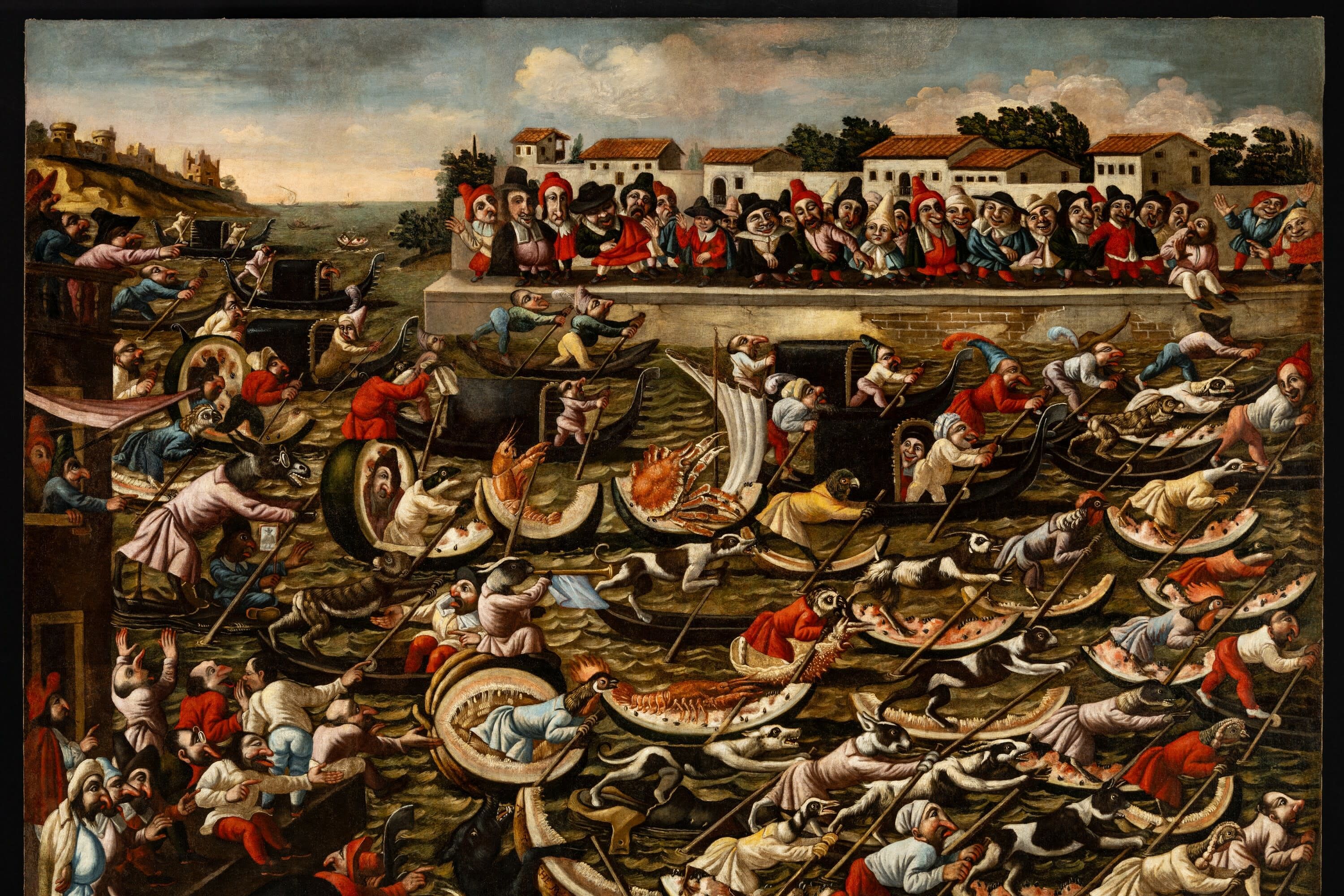From the Editor: Life in Sarasota Before Health Care

For a variety of reasons—affluent older patients, a lifestyle that lures top professionals, generous philanthropy—Sarasota has excellent medical care, with doctors, hospitals and state-of-the-art treatments that rival those you'd find in major cities. And when it comes to life expectancy, we outrank much of the nation, scoring in the top 10 percent for females—83.4 years, versus a national average of 80.9 years. Sarasota men don't live quite that long—77.5 years, compared to 76.3 for the country—but that still puts them among the top 25 percent of American men.
But flash back just a century or so—a millionth of a micro-second in history—and you'll find an entirely different Sarasota. The little settlement, which numbered fewer than 100 around 1900, was surrounded by dazzling beauty, with clear aqua waters teeming with fish, colorful birds filling the skies, and vast forests full of game. Food was plentiful, and the settlers enjoyed the same balmy winters we do today. But for most of them, life was perilous and short.
To understand the dangers they faced—and how little they understood about disease—consider some of the causes of death that were listed on Sarasota obituaries from 1846-1915. (The complete list was compiled by Larry Kelleher, who works at Sarasota County Historical Resources, and can be found on his excellent website, Sarasota History Alive.)
Here are just a few: Drowned in Little Manatee River, Scalded to Death, Fell Overboard, Accidental Discharge of Gun, Kick of Horse (after 40 Spasms), Yellow Fever, Croup, Rheumatism of the Heart, Hanged, Stricken with Paralysis, Died from Having Four Toes Amputated, Malarial Fever, Consumption, The Effects of a Sting of a Stingray, Diphtheria, Congestive Chill, A Dose of "Rough on Rats," Burns Sustained from Lighting a Fire with Kerosene. (But if life in Sarasota had its risks, leaving town could be just as hazardous—one of those who died during this period was "On Titanic when Sunk.")
Those deaths reflect the realities of health care all across America during that time, says Elaine Breslaw, author of the recent book Lotions, Potions, Pills and Magic: Health Care in Early America. Disease was believed to be the result of an imbalance in the "humors," or main elements of the body, she explains, and was usually treated by purging or blood-letting.
And no one understood the importance of cleanliness. Unlike larger cities in those days, Sarasota probably had clean water, but it would not have occurred to those treating the sick to wash their hands. "Doctors, midwives and folk healers carried diseases with them," Breslaw explains.
By 1850, France's Louis Pasteur was conducting experiments that would reveal the role germs played in sickness. "But American doctors resisted those new-fangled theories," Breslaw says. Many argued that Americans were an exceptional people, and germs did not apply to them.
"There was a terrible lack of training for doctors," Breslaw says—no laboratories, anatomy classes or formal internships. Of course, in a place like Sarasota, which didn't get its first doctor until 1885, that hardly mattered. Instead, people turned to folk healers, herbalists and midwives. Surgeries, from amputations to removing tumors, were likely to be performed by a self-taught villager, and were done without anesthesia. Many women died in childbirth, and about a third of all children died before the age of 5, often from diphtheria, whooping cough and smallpox. With no antibiotics, even small wounds could quickly fester and become lethal.
In those days, American life expectancy was around 40 years. It may have been slightly higher in Sarasota, thanks to plentiful food and the lack of overcrowding, says Breslaw—"except for the mosquitoes." At dusk, clouds of the biting insects would darken the sky, bearing diseases like yellow fever and malaria.
All in all, it's a sobering picture—and a reminder that despite today's battles over health care, we're incredibly lucky to be living in the modern era. Excuse me while I rebalance my humors—and welcome to our "Top Doctors" issue.



